Remember those sweltering summer days when the mercury climbed past 90 degrees and there wasn’t a blessed AC unit in sight? Before the 1970s, only 10% of American homes had air conditioning, leaving the rest of us to fend for ourselves with whatever cooling tricks we could muster. Those hot summer nights taught us resilience and creativity – sometimes involving nothing more than a wet washcloth and a prayer for a passing breeze!
1. The Basement Escape
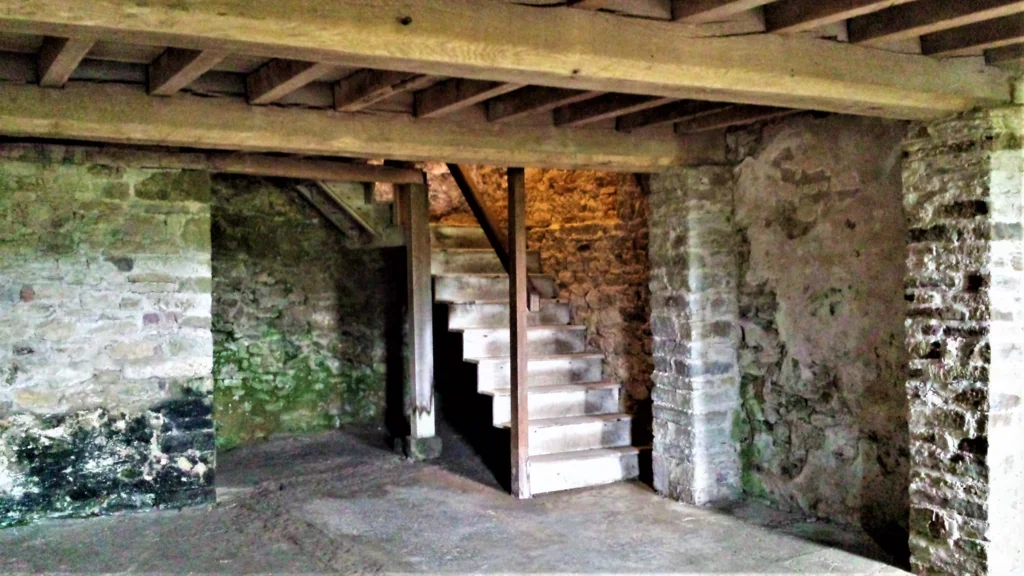
Nothing felt better on a scorching July afternoon than descending those stairs into the cool embrace of the basement. The natural insulation of the earth kept these subterranean sanctuaries a good 10-15 degrees cooler than the rest of the house, no electricity required. Many families would set up card tables, board games, and even makeshift beds to while away the hottest hours of the day surrounded by concrete walls and the familiar smell of laundry detergent. Evapolar has some tips for keeping a finished basement cool during the most stifling months of the year so it can remain a nostalgic and efficient escape to this day.
Basements became the summer social hubs where neighborhood kids gathered to play Monopoly or build forts while their mothers chatted and snapped beans for dinner. Your status in the neighborhood pecking order could be directly tied to whether your basement had a working television or, luxury of luxuries, a ping pong table. Some enterprising folks even installed small kiddie pools in their basements on particularly brutal days – at least until mom discovered water seeping into the foundation!
2. Porch Sitting Culture
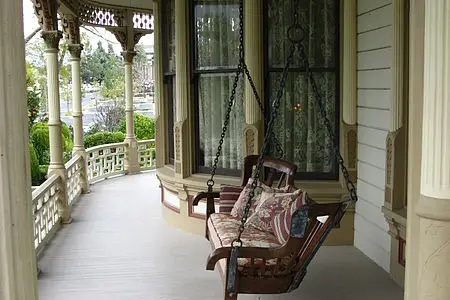
Evening porches transformed into the original outdoor living rooms where families gathered after dinner to catch the evening breeze. Conversation flowed easily as neighbors called greetings across yards and children chased lightning bugs in the growing dusk. The gentle squeak of porch swings and rocking chairs provided the soundtrack to these nightly gatherings where gossip was traded and community bonds strengthened. Patio Productions explores other reasons why we find a porch such an irresistible feature for a home.
Porch sitting wasn’t just recreation – it was calculated thermal relief based on the knowledge that indoor temperatures peaked around 7-8 PM while outdoor air began cooling after sundown. Many houses featured “sleeping porches” – screened areas with daybeds where family members could catch cooler breezes during oppressive summer nights. The most coveted sleeping spots were always the porch hammocks, where you might actually feel a cross-breeze if you were lucky enough to claim one before your siblings.
3. The Strategic Window Configuration
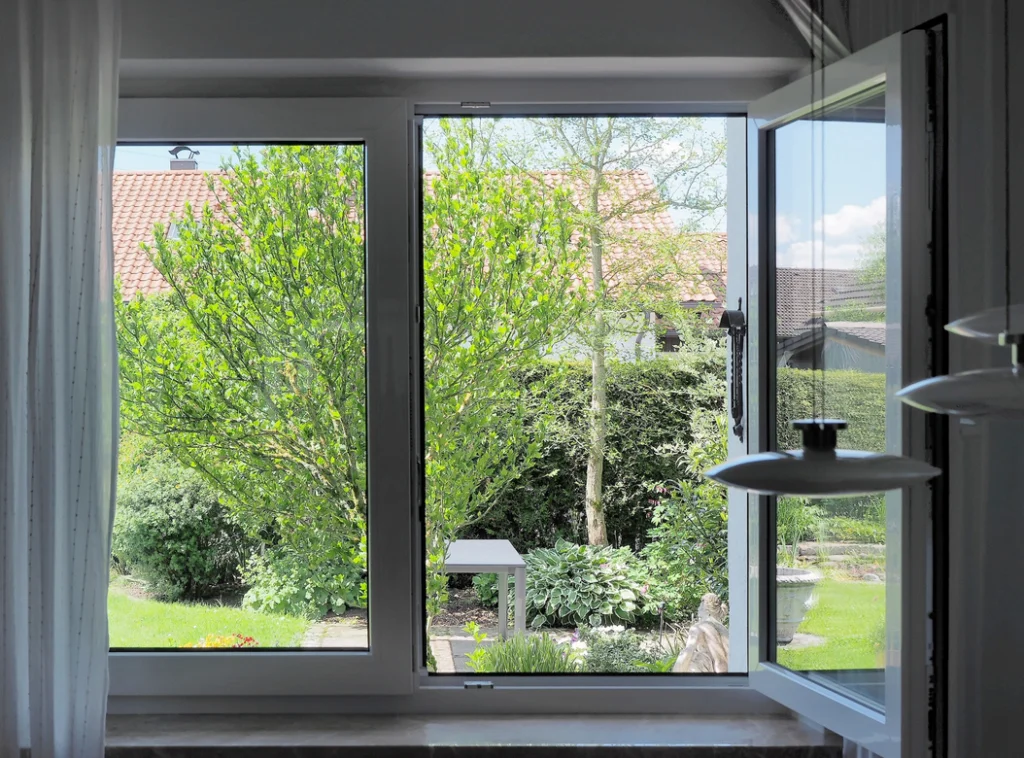
Every family had a self-appointed “window manager” who orchestrated the precise opening and closing of windows throughout the day. Windows facing the sun would be closed with blinds drawn, while those on the shady side would be thrown wide open to create cooling cross-ventilation. The science of airflow became an art form passed down through generations, with specific instructions for which windows to open at what times. Homemaker Hopeful has additional insights for most effectively using windows to keep cool in the summer.
Morning routines began with the rush to close everything up before the day’s heat built, trapping the night’s cooler air inside like precious currency. Evening brought the reverse ritual – windows flung open the moment the outdoor temperature dropped below the indoor reading. Some clever families installed window fans facing outward on the sunny side to push hot air out while pulling cooler air in through shaded windows – creating makeshift whole-house ventilation systems that predated central air by decades.
4. The Fan Positioning Ballet
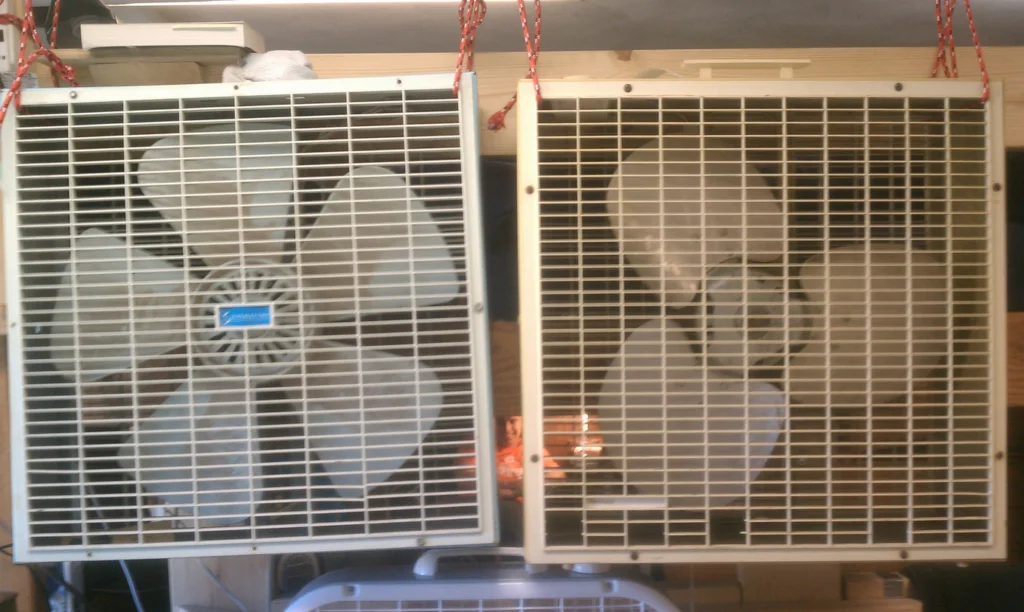
Box fans became prized possessions, strategically positioned to maximum effect through elaborate household negotiations. The classic setup involved placing a fan in a window blowing inward on the cool side of the house and another blowing outward on the warm side, creating artificial circulation that could make a stifling room almost bearable. Arguments over fan placement could reach Supreme Court levels of intensity, especially when Dad insisted the dining room needed circulation more than your bedroom.
The truly desperate would sit directly in front of oscillating fans, lifting their shirt hems to direct the blessed breeze underneath – a technique affectionately nicknamed “the poor man’s air conditioner.” Nighttime brought the ultimate luxury: the bedside fan positioned precisely to blow across damp skin, though many parents warned this would somehow lead to mysterious ailments ranging from “night chills” to “facial paralysis.” The distinctive white noise of fan motors became the summer soundtrack that lulled generations to sleep through humid nights.
5. The Cold Bath Ritual
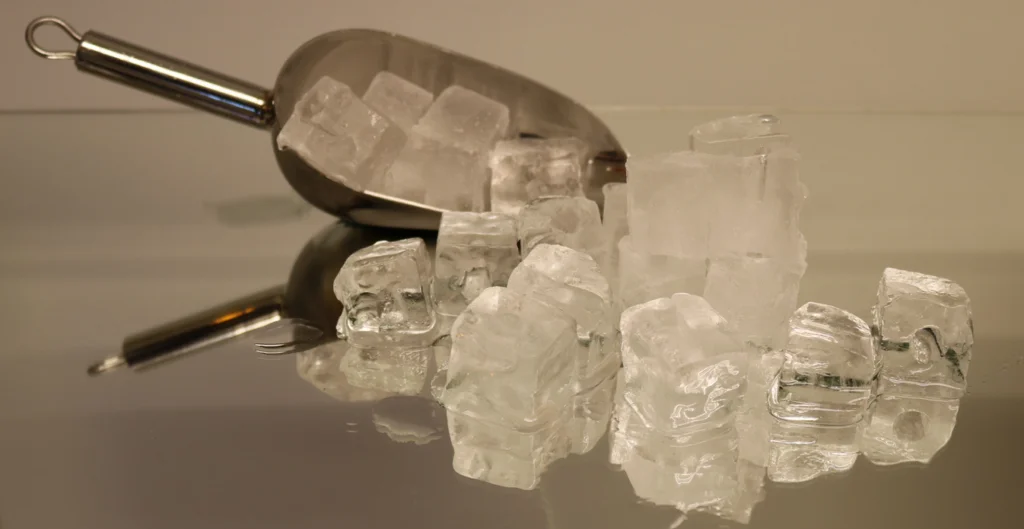
At day’s end, nothing beat the relief of lowering yourself into a tub filled with tepid water – not cold enough to shock the system but cool enough to lower your core temperature. Some families had designated bath schedules during heat waves, with each member allowed a precious few inches of water to conserve the well or avoid high water bills. The real luxury was being first in the rotation when the water was freshest and coolest.
More elaborate bathing rituals involved adding mint leaves or witch hazel to the water for an extra cooling sensation that lingered on the skin. Kids would often negotiate for “just five more minutes” of soaking time, turning pruney as they extended their aquatic sanctuary as long as possible. Before bed, many people employed the damp washcloth technique – sleeping with a moist cloth on the forehead, chest, or feet to create ongoing evaporative cooling through the night.
6. The Homemade Popsicle Economy

Summer entrepreneurship flourished as neighborhood kids mastered the art of freezing Kool-Aid into ice cube trays to create multicolored frozen treats. Specialized equipment was minimal – wooden popsicle sticks could be purchased for pennies, or in more resourceful households, recycled from previous store-bought versions. The wait for these concoctions to freeze solid tested children’s patience but taught valuable lessons about delayed gratification.
Trading homemade popsicle flavors became serious business on hot afternoons, with grape and cherry commanding premium barter rates over less popular orange or lemon varieties. Parents tolerated the inevitable sticky messes and stained tongues as a reasonable tradeoff for keeping children cool and occupied. The real innovation came when someone’s mother revealed the secret technique of making “cream pops” by adding a splash of evaporated milk to the mix – instantly elevating backyard popsicle technology to gourmet status.
7. The Movie Theater Refuge

Local cinemas became cooling stations long before the term existed, offering two hours of air-conditioned bliss for the price of admission. Savvy families planned weekly outings to coincide with the hottest afternoon hours, sometimes choosing films based more on theater temperature than movie quality. The blessed relief of that first blast of cold air when pushing through the lobby doors created a Pavlovian response that many still associate with movie-going.
Theaters proudly advertised their “refrigerated air” on marquees alongside film titles, understanding that climate control was as much a draw as the latest Hollywood offering. Budget-conscious parents developed strategies for extending these outings, including arriving early for cartoons and lingering through credits, potentially stretching a single ticket into three hours of cooling comfort. The contrast between the dark, chilled theater and stepping back into the wall of afternoon heat became one of summer’s most jarring sensory experiences.
8. The Wet Sheet Method
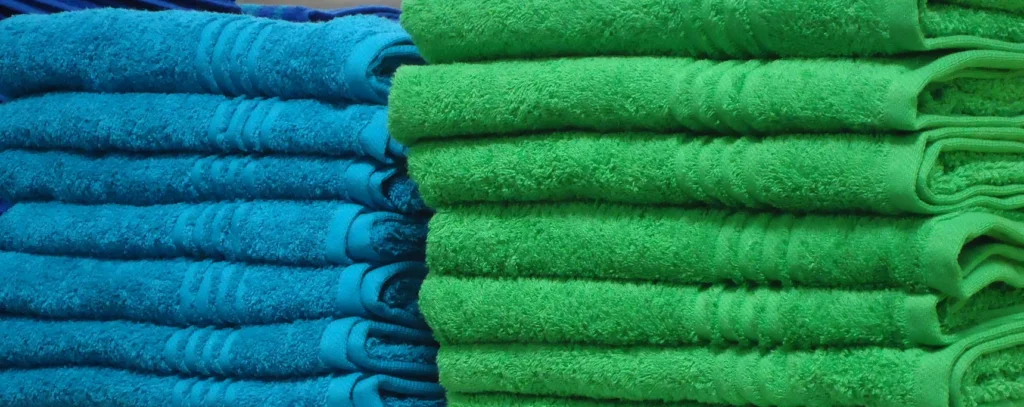
Desperate times called for desperate measures, leading to the ingenious technique of hanging damp sheets over doorways or open windows. As air passed through the moistened fabric, evaporation would cool it several degrees before entering the living space – creating a primitive evaporative cooling system. The technique worked best in dry climates but was attempted anywhere temperatures became unbearable.
Regular re-wetting of sheets became someone’s designated job during heat waves, usually the youngest person tall enough to reach the clothesline. Some families expanded this concept by hanging wet sheets around beds at night, creating cooling microclimates for sleeping. The slight musty smell that developed from this practice became part of the sensory memory of summer, along with the distinctive heavy dampness in the air that signaled relief was being manufactured through human ingenuity.
9. The Lawn Sprinkler Dance

Nothing transformed a miserable afternoon faster than someone’s parent relenting and turning on the garden sprinkler in the backyard. Children would dash through the spray in choreographed patterns, competing to create the most original “sprinkler dance” while simultaneously achieving maximum cooling coverage. The grass would be trampled into mud within hours, but the tradeoff was worth every blade.
Elaborate sprinkler setups evolved as technology improved, from simple oscillating models to the circular “daisy” sprinklers that created multiple jets of water. The bravest souls would position themselves directly over the sprinkler head for a seconds-long full-body drench – an achievement that earned neighborhood respect and occasional scolding from parents concerned about water bills. As evening approached and adults reclaimed the yard for garden watering, kids would make final dashes through the spray while pretending they were “just heading home anyway.”
10. The Frozen Hot Water Bottle Trick
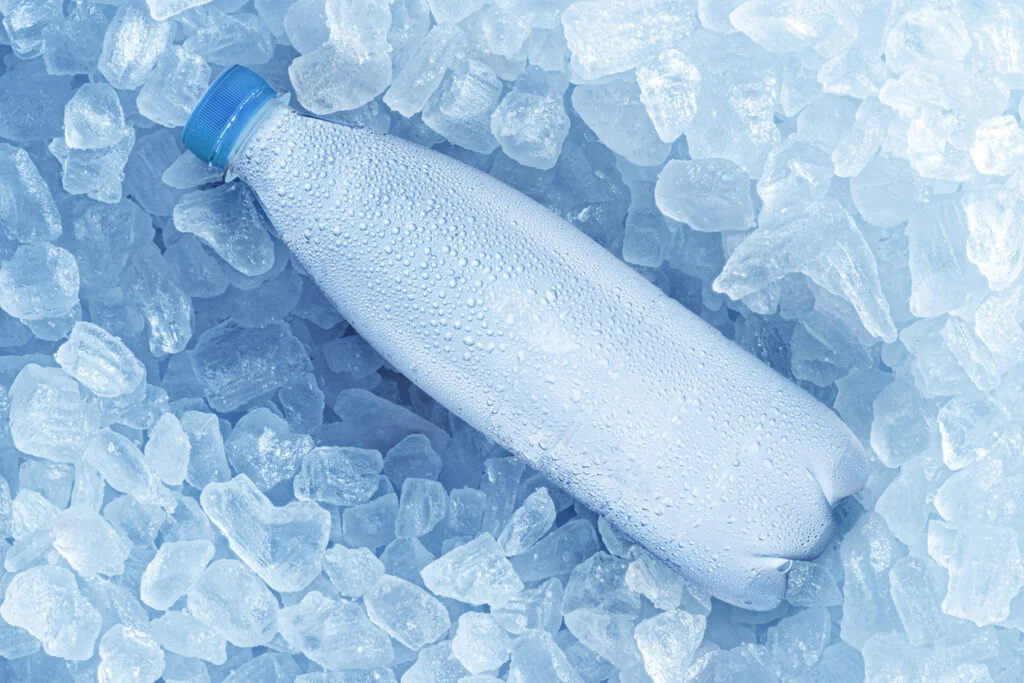
Winter’s hot water bottles found new summer purpose when filled with water and placed in the freezer during the day. These rubber ice blocks would be wrapped in thin towels and placed strategically at pulse points – wrists, neck, and ankles – where they could cool blood flow throughout the body. Families with multiple hot water bottles developed complex rotation systems, with one cooling in the freezer while another was in use.
The holy grail of hot water bottle deployment was taking one to bed, where it could transform an otherwise unbearable sleeping situation into something manageable, at least until it melted. Positioning required careful consideration – too close and condensation would soak your sheets, too far away and the cooling effect was lost. Some innovative folks created “ice sandwiches” by sleeping between two frozen bottles, though this technique required midnight repositioning when puddles inevitably formed.
11. The Public Pool Migration
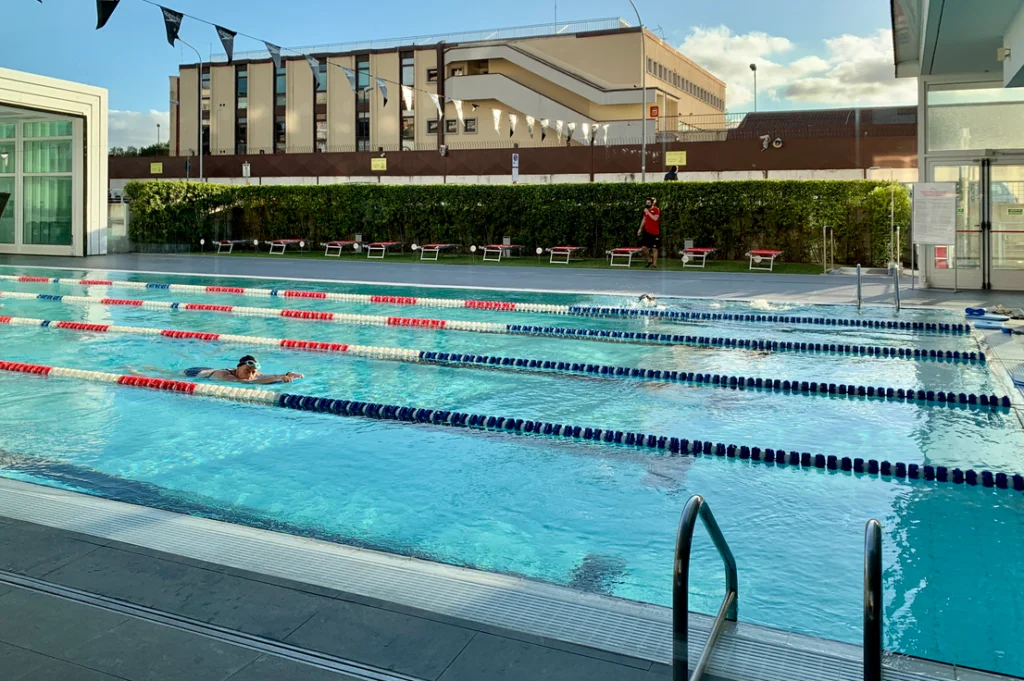
Community pools became the epicenter of social life, with families arriving early to claim prime shady spots for day-long cooling campaigns. The distinctive smell of chlorine and coconut suntan lotion became the unofficial perfume of summer as generations of children learned to swim simply because remaining in water was the most bearable state of existence. Public pools stratified by age and ability – shallow ends filled with shrieking youngsters while teenagers claimed deeper waters for showing off increasingly sophisticated diving techniques.
Adults would submerge themselves at regular intervals while pretending their primary purpose was “watching the kids,” though everyone understood the real motivation was temperature regulation. The pool canteen did brisk business selling popsicles and soda, creating a sugar-fueled economy where wet dollar bills were extracted from plastic wrist wallets. The exhausted, sunburned journey home – hair still damp and skin tight from chlorine – concluded with everyone sleeping better than they had all week.
12. The Ice Block Cooling System
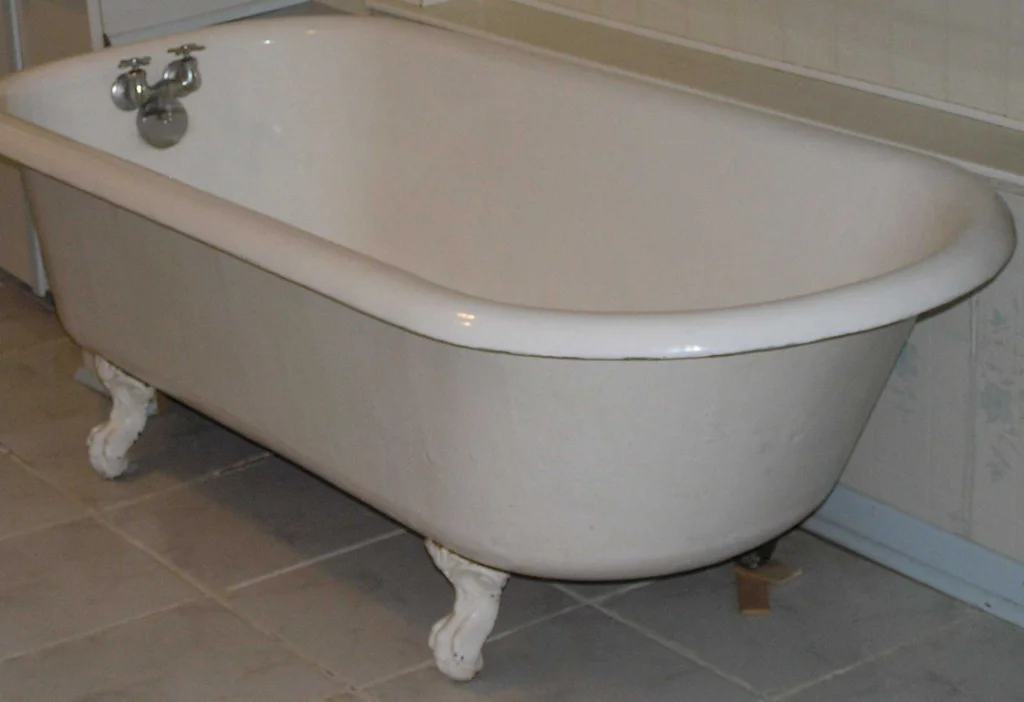
Before electric fans became commonplace, some households used “ice air conditioning” by positioning blocks of ice in metal tubs with small fans blowing across them. Delivery trucks would bring these frozen rectangles several times weekly during summer months, continuing a tradition that began in the 1800s and persisted surprisingly late into the 20th century in some areas. Children would gather around to watch the iceman use metal tongs to carry the dripping treasure from truck to icebox.
The meltwater became a secondary resource, collected and used for drinking or cooling baths on particularly brutal days. More elaborate setups involved copper coils running through ice water and into metal radiators – creating cooling systems that predated mechanical air conditioning by decades. The gradual transition from ice delivery to refrigeration marks a technological shift that transformed summer living, though many continued to supplement electric cooling with occasional ice blocks during the hottest spells.
13. The Department Store Expedition
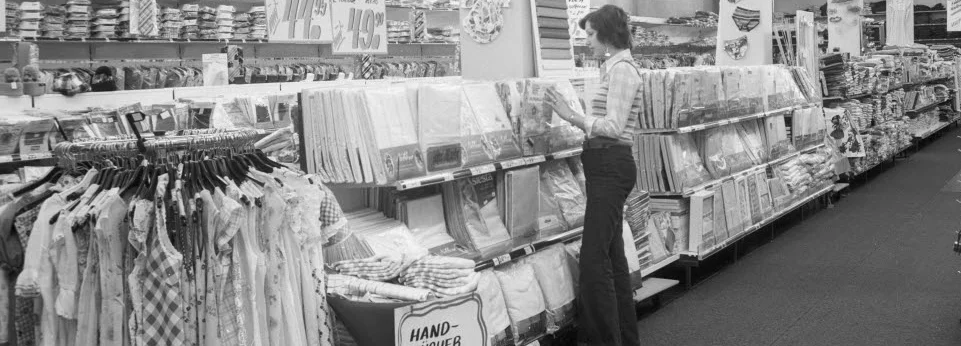
Shopping expeditions were strategically planned around which establishments offered the best air conditioning, with department stores reigning supreme in cooling comfort. Mothers would suddenly develop urgent needs for sewing notions or household goods during heat waves, meandering slowly through artificially chilled aisles while children trailed behind, instructed to “look but don’t touch.” The multilevel emporia became unofficial cooling stations where you could easily kill an entire afternoon examining merchandise you had no intention of purchasing.
The most sophisticated heat-dodgers knew exactly which stores had the coldest soda fountains or lunch counters, allowing for extended cooling sessions under the guise of enjoying a five-cent Coca-Cola or ice cream sundae. Store managers understood this game perfectly well, recognizing that their climate control systems attracted potential customers who might eventually make purchases simply out of guilt over using their electricity. The department store expedition represents perhaps the earliest fusion of commerce and climate control – a distinctly American solution to summer discomfort.
As we enjoy the push-button cooling comfort of modern homes, it’s worth remembering these creative solutions our parents and grandparents employed just to make summer survivable. Those hot, sticky days taught valuable lessons about patience, resourcefulness, and community cooperation that sometimes seem missing in our climate-controlled world. Perhaps there’s something to be said for cooling methods that brought families together on porch swings and fostered neighborhood popsicle economies – simple pleasures that required nothing more than human ingenuity and the occasional garden hose.


